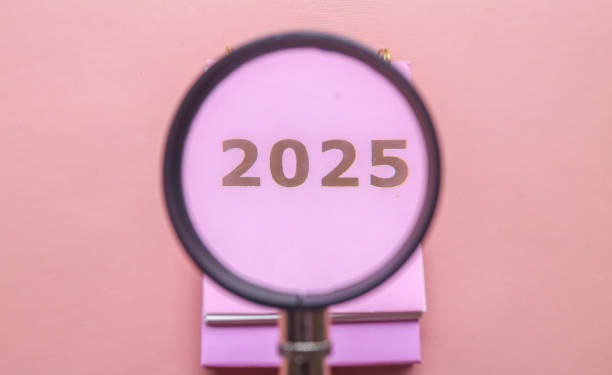A steady massage at home can reset a long day and rebuild closeness without complicated routines. The goal is comfort that grows by the minute – warm muscles, slower breathing, and touch that feels confident rather than tentative. With a few reliable moves and a room set up for calm, two people can trade care in a way that feels personal and unrushed.
Think in straightforward layers. Prepare the space. Choose a light, skin-friendly oil. Use slow, broad strokes to begin. Add a few focused techniques where tension usually hides. Keep a short set of cues so adjustments are easy. The structure stays simple while the experience feels considered.
Contents
Set the scene without fuss
The environment shapes how touch is received. A warmer room helps muscles relax and keeps oil workable. Soft, indirect light flatters skin and lowers visual noise. Music at a steady mid-tempo supports an even pace. Place two towels within reach – one under the body, one for excess oil – and keep water nearby. Here’s a mid-paragraph planning tip for couples who prefer a bit of order: a quick note in GoLove can set time frames, quiet rules, and a simple flow so both arrive in sync without making the night feel scheduled.
Clothing should transition easily. A robe or soft tee that lifts without tangling avoids breaks in rhythm. Protect sheets with a throw or spare linen. Phones go face down in another room. The aim is an hour with no interruptions and nothing sharp under knees or elbows.
Hands-on basics that always feel good
Good technique is slow, predictable, and kind to joints. A teaspoon of oil covers an entire back. Add more only if glide stalls. Start lighter than expected and let the body invite pressure. These fundamentals turn uncertainty into flow:
- Effleurage for entry. Long, gliding strokes from low back to shoulders with palms flat. Repeat three times to spread oil and set a calm tempo.
- Kneading for big muscles. Gentle squeeze-and-lift on shoulders, upper arms, and thighs. Imagine rolling dough – no pinching, no jabs.
- Forearm glide for broad pressure. The forearm travels along paraspinal muscles from the hips to the shoulder blades. Keep contact wide so nerves relax rather than guard.
- Thumb tracing for edges. Trace the border of the shoulder blades and the base of the skull with small circles. Pause where tissue feels ropey, then move on.
- Nerve-safe neck work. One hand supports the forehead while the other fingers walk up the neck’s side. Stay away from the front of the throat.
Breathe with the movement. On the receiver’s exhale, lengthen the stroke and lighten pressure. That small sync helps the nervous system downshift.
Back, shoulders, and hands – a short sequence that works
Back openers. Begin with three slow effleurage passes from the hips to the shoulders. Switch to kneading along the erectors on either side of the spine – never on bone. Use the heel of the hand to draw slow lines from mid-back to the side ribs, which opens breathing. Finish with forearm glides up the long back muscles, then feather-light strokes to tell the body the set is complete.
Shoulder release. Place one hand under the shoulder joint and lift a centimeter to create space. With the other hand, circle the upper trapezius from the neck toward the shoulder tip. Slide fingers under the shoulder blade edge and trace outward. Ask for a simple cue – more or less – then adjust. End by lengthening the arm overhead for a slow stretch, supporting the elbow so joints feel safe.
Hand reset. Oil the receiver’s palm lightly. Thumb-walk from wrist crease to each fingertip. Press the web between thumb and index for three seconds, then release. Traction each finger gently, never pulling hard. Finish by pinching and smoothing along the forearm flexors where desk work leaves a dull ache.
Optional legs focus. For thighs and calves, use broad forearm sweeps toward the heart. Knead the outer hip where the glutes meet the pelvis – a frequent knot site. Avoid the back of the knees. Finish with long strokes from ankle to knee so the area feels integrated, not isolated.
Communication that keeps things relaxed
Words should be short and useful. Ask location, pressure, and pace rather than abstract opinions. More or less. Stay here or move. Slower or hold. The receiver answers with a word, a nod, or a gentle tap. Silence is not a yes – if the body tenses or breath shortens, ease off and check in.
Agree on one pause word that stops hands immediately. If either person goes quiet for a while, reset two steps down in pressure. Respect any no without debate. Offer an alternative location or a lighter technique so momentum continues without crossing a line.
A warm finish that lingers
End with slower, lighter strokes to signal the body that intensity is winding down. Drape a warm towel over the back or feet for a minute. Offer water and a calm minute in silence. Ask one question each – what felt best and what to repeat next time. Save that note in a shared place to make the next session smoother.
A couple’s massage does not need complicated choreography to feel special. A warm room, simple moves, steady pacing, and clear cues are enough to melt daytime tension and invite a more sensual rhythm. Build a small rotation – back and shoulders one night, hands and feet the next – and let the routine carry the connection. With practice, the hour becomes an easy ritual that resets the week and keeps closeness within reach.




